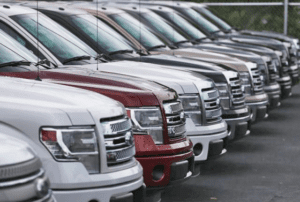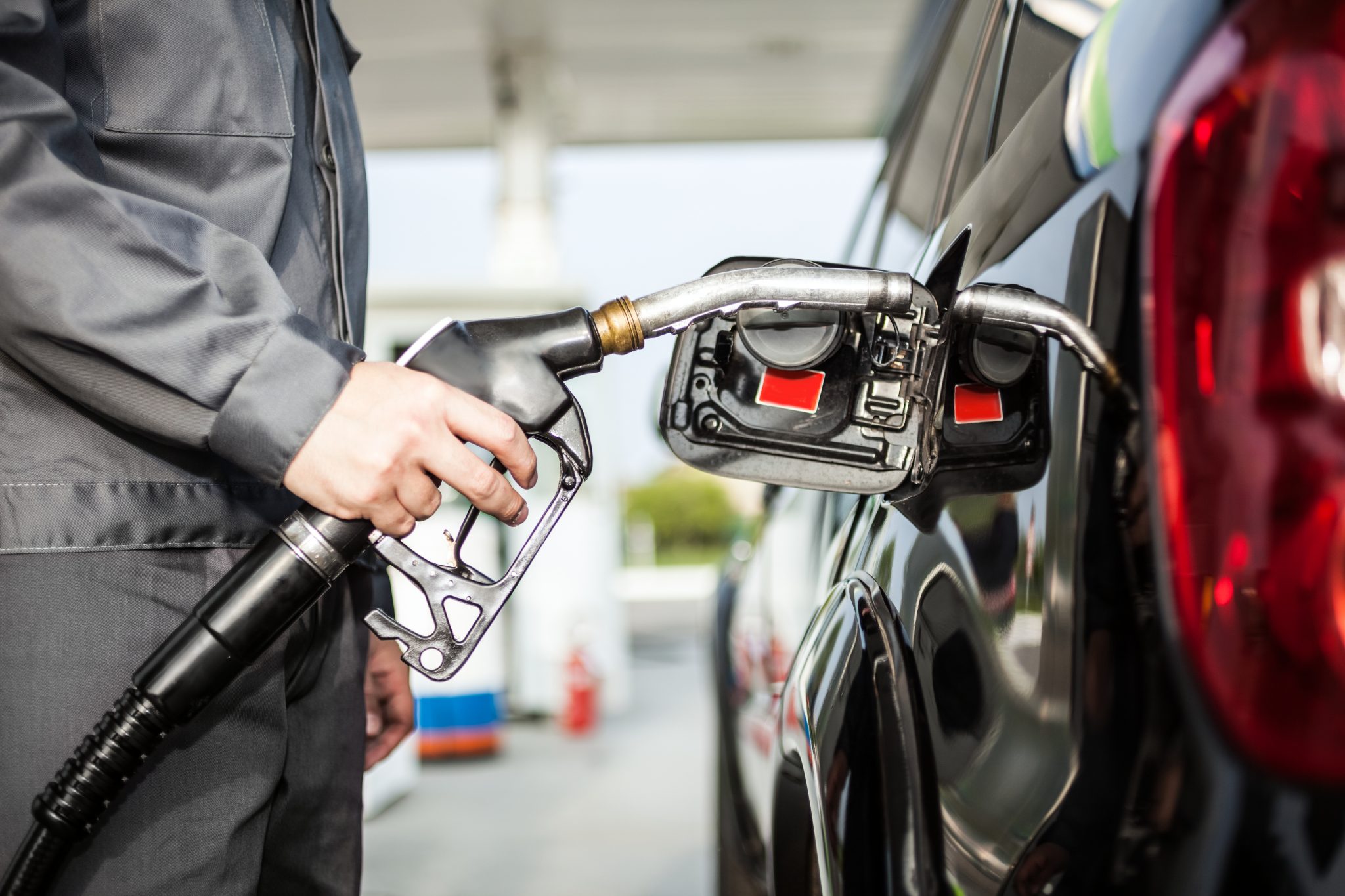What gives automobile dealership owners chills at night? Stiff competition. A threat from Mother Nature. Rising gas prices.
Gas prices, indeed, are on the rise, climbing from a relatively comfortable national average of $1.65 per gallon in the early 2016 to a market-altering $2.84 per gallon as of this week, enough for one automotive industry expert in the New York area to post a red-flag in a recent online column.
“Historical analysis shows that rapid gas price escalation tempers buyer enthusiasm for large vehicles,” wrote Maryann Keller of Maryann Keller & Associates. Furthermore, Keller wrote, “Energy industry prognosticators forecast that the price of regular gasoline will rise 25 to 30 cents per gallon, putting it above a $3 per gallon national average during the summer driving season that begins on Memorial Day weekend.”
The cause, you could say, what does it matter. You can’t do anything about it any more than you can stop that cyclone from scattering your inventory around the lot like wood chips. Keller notes that “geopolitical” factors and oil production cuts by Saudi Arabia and Russia are part of the problem, “coupled with rising global demand for crude oil that have altered the balance between supply and demand, allowing gasoline prices to increase.”
With this threat looming, chills at night might turn to sleepless nights, as dealership owners consider the geopolitical messes they cannot avoid combined a trend among U.S. manufacturers to scale back on small car production, in some cases dramatically.


The most dramatic move among the Big Three is clearly Ford Motor Company’s decision to jettison its entire portfolio of passenger cars save two, the Mustang and the as-yet un-launched Focus Active due losses in small car manufacturing and their confidence in the money-making SUV and truck segment.
Ford, according to one estimate, earned $3 billion in the first quarter alone in their SUV, truck and crossover options, while losing money in the fleet cars.
What self-respecting executive wouldn’t make the same decision – cut losses, cling to profits?
History, however, is something that scoffs. During the 1970s oil embargo, consumers in droves (no pun intended) gave up their gas guzzlers in a rush to buy smaller cars. Similarly, when gas prices soared during the Great Recession hit in 2007 – and in some of the years leading up to
that – it was clear that consumers do vote with their wallets, as large vehicle sales cooled and small cars seemed to appear everywhere, all at once. Suddenly, parking meters seemed really far apart. Did anyone else experience that?
The pinch, of course, is both imagined and real. Economist have long categorized gasoline buying as apart of the U.S. consumers’ discretionary funds – the money they don’t have to spend, but like to spend, anyway. The miles you put on your vehicle, of course, is necessary when the wheels get you to work and not-so-necessary when they take you on vacation or downtown to see a movie.
Envision discretionary funds as the money jingling in your pocket, while the necessary funds are in your bank account. Spending depends on consumer confidence and, it turns out, no matter how big your bank account is, if they don’t have some money to jingle in your pocket, consumer confidence falls.
This steers consumers away from that shiny F-150 in the show room to that cute, little Fusion out in the parking lot.
Secondly, gas prices are very real and threatening. To put the current pricing trend in perspective, today’s $2.84 per gallon is exactly – right on the penny – half way between the highest-ever national average price in the country, which hit $4.10 in late 2008, and the low point since then, which was $1.59 per gallon just a few months later.

Prices have been waffling between the two peaks since January 2009, spending half of the time flirting with the higher end of the spectrum – from 2010 through 2014 – before a big slide hit in the summer of 2014. Concurrently, SUV and truck sales and the consumer’s begrudging appreciation of small cars, graph in the other direction, inversely.
Why then, dealership owners ask themselves, are car makers committing themselves to one side of the market. After all, aren’t death, taxes and market fluctuations the only things we can depend on?
In her recent column, Keller said that it was too early to panic. The data was not deep enough at this point to make a solid prediction just yet.
“While a month or so of data is too limited to declare a new trend, it is interesting to note that in April the wholesale values of almost all categories of sedans attracted active auction bidding and higher values compared to March 2018 and one year ago.”
“In comparison, large SUVs and even pickup trucks saw a decline in wholesale values,” she wrote.
Currently, she notes, “a combination of rising gasoline prices coupled with the rising supply of off lease vehicles could influence more shoppers to consider small SUVs or sedans, resulting in downward pressure on the values of big trucks and the opposite for smaller vehicles, including sedans,” she wrote.
The operative word here is “could.” Beside prices at the pump, keep an eye on the used car market, also a key predictor of consumer trends. Gasoline and used car sales “impacts the financial performance of every business that buys, sells, finances or operates a fleet of vehicles,” Keller said.







